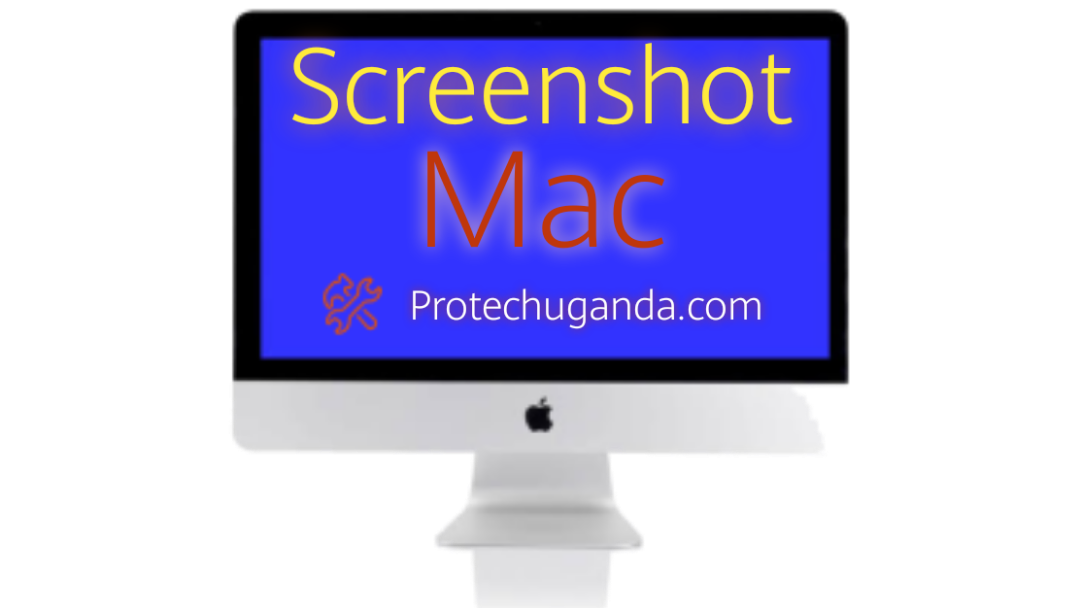Taking screenshots on a Mac is a straightforward process, but it offers various options to capture exactly what you need. Whether you want to capture the entire screen, a specific window, or just a portion of the screen, macOS has built-in tools to accommodate all these needs. Here is a comprehensive guide on how to take screenshots on your Mac.
- Capture the Entire Screen
To capture the entire screen, follow these steps:
- Press Command (⌘) + Shift + 3.
- The screenshot will be saved automatically to your desktop as a PNG file with the name “Screen Shot [date] at [time].png”.
- Capture a Selected Portion of the Screen
If you want to capture a specific part of the screen, use the following method:
- Press Command (⌘) + Shift + 4.
- Your cursor will turn into a crosshair.
- Click and drag to select the area you want to capture.
- Release the mouse button or trackpad to take the screenshot.
- The screenshot will be saved to your desktop as a PNG file.
- Capture a Specific Window
To capture a specific window, you can use this shortcut:
- Press Command (⌘) + Shift + 4.
- When the crosshair appears, press the Spacebar. The cursor will change to a camera icon.
- Move the camera icon over the window you want to capture. The window will be highlighted.
- Click the window to capture it.
- The screenshot will be saved to your desktop as a PNG file.
- Capture the Touch Bar (if applicable)
For MacBook Pro models with a Touch Bar, you can also capture the Touch Bar:
- Press Command (⌘) + Shift + 6.
- The screenshot of the Touch Bar will be saved to your desktop as a PNG file.
- Using the Screenshot App
macOS Mojave (10.14) and later versions include a Screenshot app that offers a user-friendly interface for taking screenshots and screen recordings. To access this tool:
- Press Command (⌘) + Shift + 5.
- A toolbar will appear with several options:
- Capture Entire Screen
- Capture Selected Window
- Capture Selected Portion
- Record Entire Screen
- Record Selected Portion
- Select the desired option and follow the on-screen instructions.
- Saving and Editing Screenshots
By default, screenshots are saved to your desktop. However, you can change the save location and make other adjustments:
- Press Command (⌘) + Shift + 5 to open the Screenshot toolbar.
- Click on “Options” to see the available settings.
- You can choose a different save location, set a timer, or select whether to show the mouse pointer in your screenshots.
After taking a screenshot, a thumbnail will appear in the lower-right corner of your screen. Clicking this thumbnail lets you make quick edits, such as cropping, annotating, or sharing the screenshot, before saving it.
Conclusion
Taking screenshots on a Mac is a simple yet powerful feature that can enhance productivity. Whether you need to capture the entire screen, a specific window, or a custom portion, macOS provides versatile tools to meet your needs. With the added functionality of the Screenshot app, you have even more control over how you capture and use your screenshots.




